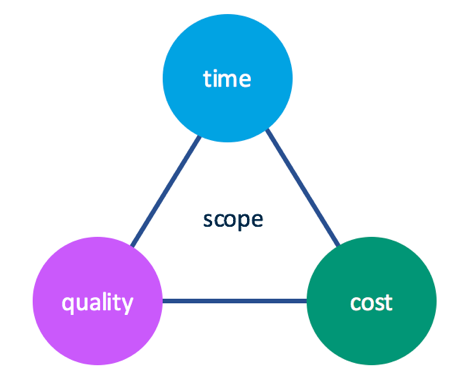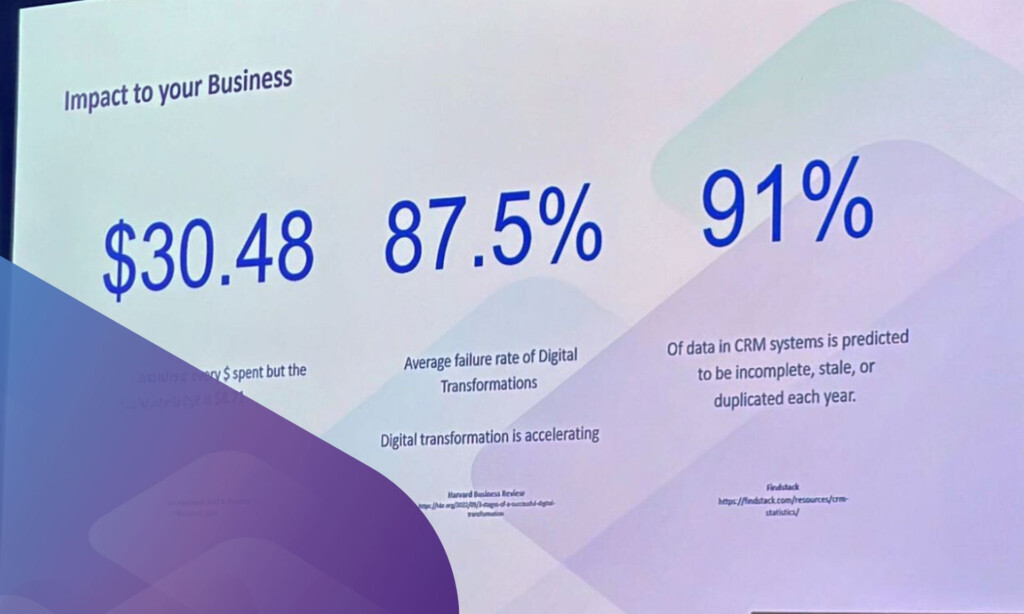
Poor scope control. #1 serial killer of projects
This in an excerpt from the free ebook “Analysis, Automation and Adoption for #AwesomeAdmins”(44 pages of valuable content — not 6 pages of marketing fluff). It is written with Salesforce implementations in mind, but it is equally applicable to any other systems implementation; MSDynamics, SAP, Workday, Oracle etc or in fact any change initiative. https://elements.cloud/ebook-analysis/
Projects still fail
The Standish Group has been doing research and surveys on various types of IT projects since 1994. Their research, published under the title CHAOS, reveals some facts that, to most, will be astonishing.

The most common causes of project failure are well documented:
- Incomplete requirements and poor scoping
- Changing scope and requirements
- Unrealistic expectations
- Lack of user involvement, buy-in and adoption
- Poor planning of resources
- Lack of executive support
The first 3 items are essentially are scope control. Not getting control of scope at the beginning or losing control of it during the project is THE killer. The greatest risk is actually at the start of any project, but you don’t feel the impact of poor scope control until it explodes on you later in the project.
Failure to clearly define the scope of the implementation is likely to result in you becoming one of those unfortunate statistics in the survey. The best and easiest way to define the scope is in terms of the end-to-end business process diagram. In that way all the stakeholders start with a common agreement on scope and objectives.
Triangulation
Probably the most important thing for any project manager is to understand the relationship between time, cost, quality and scope. A project manager’s skill is balancing the conflicting pressures on time, cost and quality. And at the heart of it is scope.
As the project progresses unforeseen situations will crop up. These will impact time, cost, quality or all three. Keeping them in balance will affect scope. Trying to anticipate the risks and mitigate them with as little disruption to the project is a key activity. As a project manager, you will worry about 1,000 things that could go wrong and think about how you will deal with them. And 99% never happen. And that is good!

Getting senior exec buy-in and sign-off
There will be welcome exceptions, but most execs really don’t care about your project. It is way below their pay grade. And if you talk about project stuff they’ll glaze over. Execs care about results. Outcomes. Impact.
A process driven approach to project management will improve executive engagement, reduce implementation risks, result in more rapid onboarding and improve compliance. And it will deliver results that execs care about. For examples: results for a Salesforce implementation might be:
- better Customer Experience
- reduced cost of sale
- increased win rates
- improved Net Promoter Score
Buy-in is important because during the project you will be asking for support: resources for your project, attendance at the top level workshop, nominating key business users, resolving business conflicts, championing the go-live. If you think back, one of the critical success factors for any project was senior exec buy-in. If you are struggling to think of how to engage them, get them involved to “make sure we are focusing on the right business outcomes” — and they are likely to get more engaged.
Your elevator pitch
Have you planned your elevator pitch? You step into the elevator and the CEO or Exec sponsor is in the lift. They say “How’s the project going?” or “Remind me about your project?”
What’s your answer? Think benefits and ROI not activities. How do you make a positive impression in one short sentence?
Stop now and write it down. Yes. Stop. I’ll be here when you get back.
Steering committee / change control board
Once your project or program reaches a certain size, level of complexity, or risk, you will need a Steering Committee. Don’t think its members as the “teacher marking your work” but instead “your big friend in the playground”.
Large complex projects run into problems and you need senior executive support to resolve the difficulties. For example:
- Overall business direction changes so the scope changes
- Business users change their requirements
- You cannot get enough time from the business users to define the requirements
- There is a conflict between senior business users on the requirements
- There are other transformation projects that are also impacting the business processes
- There are technical issues integrating Salesforce with 3rd party or internal apps
and the list goes on and on…
Therefore, if your scope has expanded significantly, you need to select your Steering Committee with the range of responsibilities, experience and clout that will be able to resolve the issues that arise. The Steering Committee will attend the initial scoping workshop and sign off the scope document. You should arrange to report back to them on a regular basis, so there are no surprises if you need to go back for help or support.
The final word
Poor scope control will kill your project. It has killed projects in the past, and it will kill again There is ONLY one time to get control of the scope. At the start of the project.
Sign up for
our newsletter
Subscribe to our newsletter to stay up-to-date with cutting-edge industry insights and timely product updates.








